We Were Just Saved From A Rogue Star Colliding With Our Solar System

The solar system has been granted a reprieve from a catastrophic collision with a rogue dwarf star, known as WD 0810–353, that was expected to hit in 29,000 years. While the timeline might seem like a long way off, in the grand scale of cosmic events, it was a relatively imminent threat. Astronomer Stefano Bagnulo addressed the revelation in a statement via Space.com.
“We found that the approach speed measured by the Gaia project is incorrect, and the close encounter predicted between WD0810–353 and the sun is actually not going to happen,” Bagnulo said of the rouge star. “In fact, WD0810–353 may not even be moving towards the Sun at all. That’s one less cosmic hazard we have to worry about!”
The Gaia Space Telescope Discovered The Star In 2022
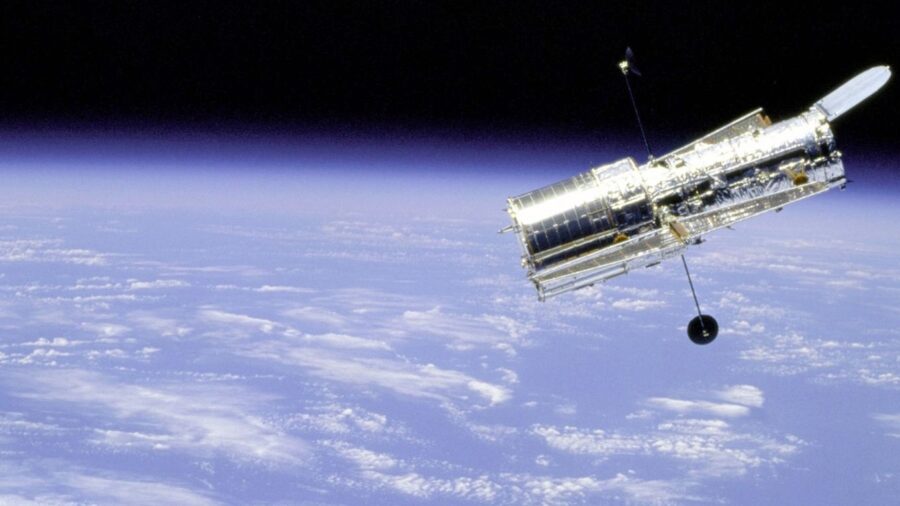
So, how did the Gaia project initially get it wrong? On its mission to create a precise three-dimensional map of all stars in the Milky Way galaxy, the Gaia space telescope meticulously records the positions and their positions and tracks any changes over time. In 2022, astronomers Vadim Bobylev and Anisa Bajkova scoured the Gaia dataset, searching for rogue stars heading toward the solar system.
This led them to WD 0810–353, a white rogue dwarf, which is the remnant of a star similar in mass to our Sun after it reaches the end of its lifecycle. It is destined to become a white dwarf approximately one billion years after it swells into a red giant. During its transformation, the outer layers will expand and eventually dissipate, leaving behind a small, dense core.
The Rogue Star Was Believed To Be Headed Towards Earth
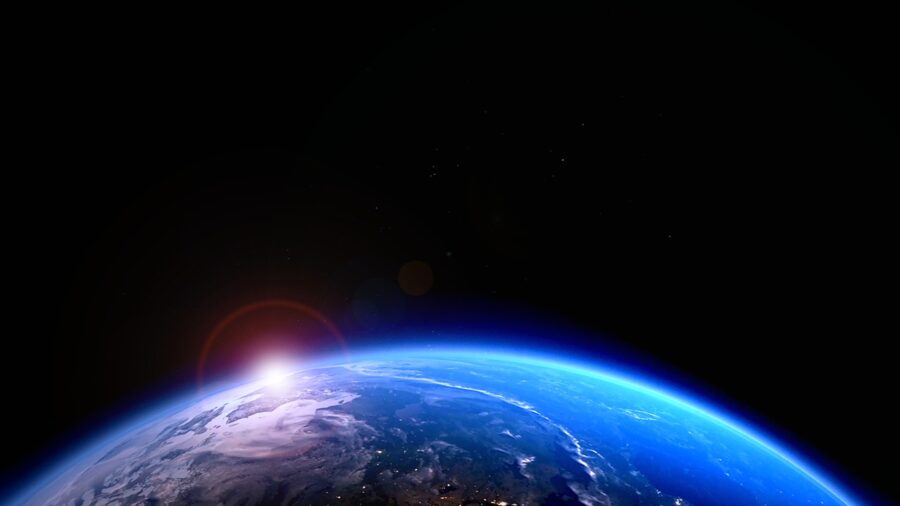
WD 0810–353, coming within roughly half a light-year of the solar system, which is about 31,000 times the distance between Earth and the Sun, might provide a preview of what our Sun’s final stage will look like. Despite the distance, the gravitational influence of the rogue star could disrupt the Oort cloud, a collection of comets and icy bodies at the solar system’s outermost regions.
When this cloud is disturbed by a rogue star, its gravity could send some loosely bound icy bodies hurtling toward the inner solar system, posing a risk to Earth. However, the initial assessment of this rogue star’s trajectory was incorrect. The confusion was due to the white dwarf’s unusually strong magnetic field, a factor that Gaia had failed to consider.
It’s Magnetic Field Misguided Projections
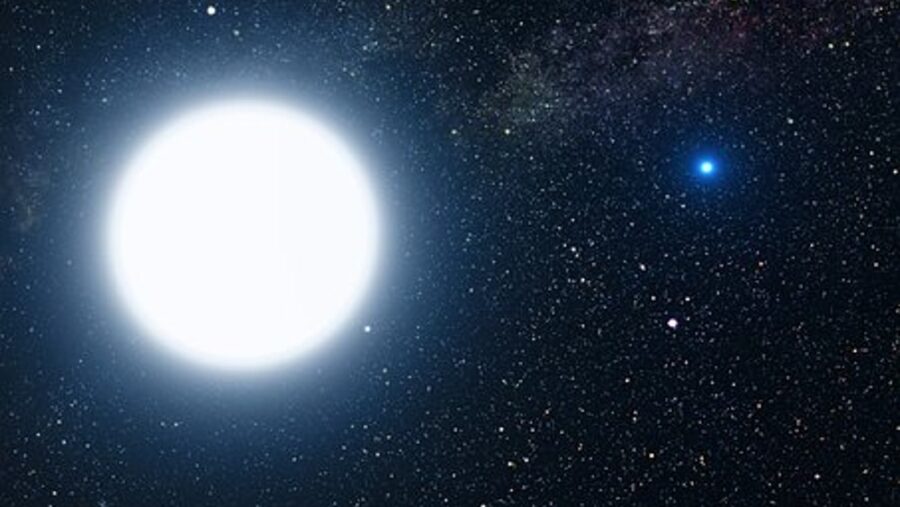
Eva Villaver, an astronomer at the Astrobiology Center in Spain and co-author of the study, explained how that happened. “Unusually, this old white dwarf also has a huge magnetic field. In astronomy, magnetic fields are crucial to understanding many physical aspects of a star, and not considering them can lead to misinterpretations of physical phenomena.”
The astronomers’ calculations were based on the rogue star’s radial velocity, which involves measuring the velocity of an object in the line of sight from the observer. This is done by analyzing the star’s emitted light spectrum and examining how it shifts. If a star is moving away, it causes a redshift by shortening wavelengths. When a star is approaching, there is a blueshift by lengthening wavelengths.
Another Telescope Properly Calculated The Rogue Star’s Trajectory
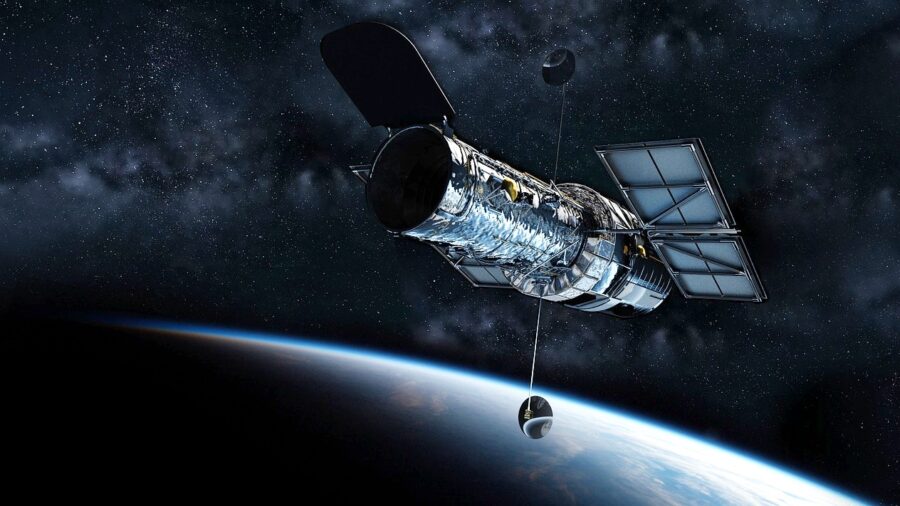
However, magnetic fields can alter the spectrum of light emitted by a rogue star by splitting spectral lines and shifting them to different wavelengths, leading to errors in the calculations. To fix the mistake, Bagnulo and the research team used northern Chile’s Very Large Telescope (VLT), which is equipped with an instrument called the FOcal Reducer and low dispersion Spectrograph 2 (FORS2).
We’re Not Faced With Impending Doom…For Now
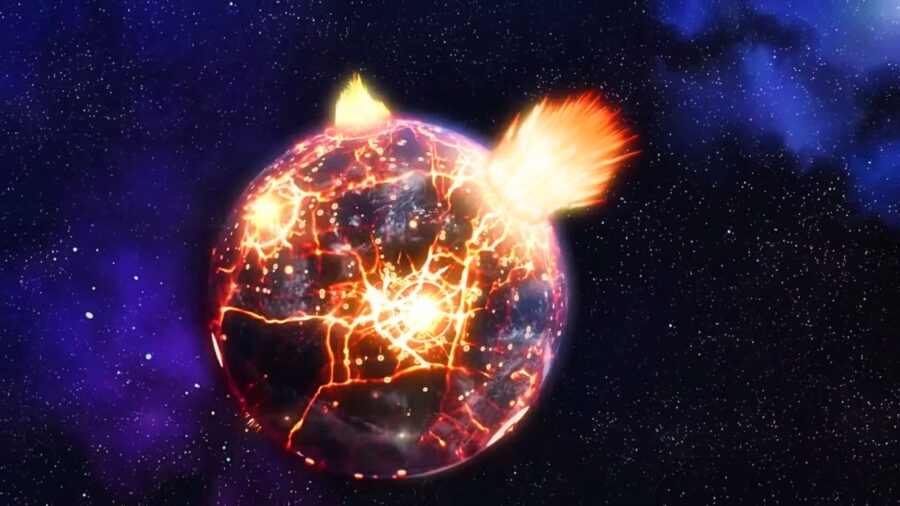
This tech equipment enabled them to accurately analyze the spectrum of WD 0810–353, taking into consideration its intense magnetic field. By using polarized light from the rogue star, the team was able to model the magnetic field and determine that its trajectory and velocity were influenced by the strong magnetic field, meaning that our solar system is not facing an impending threat from the white dwarf.












